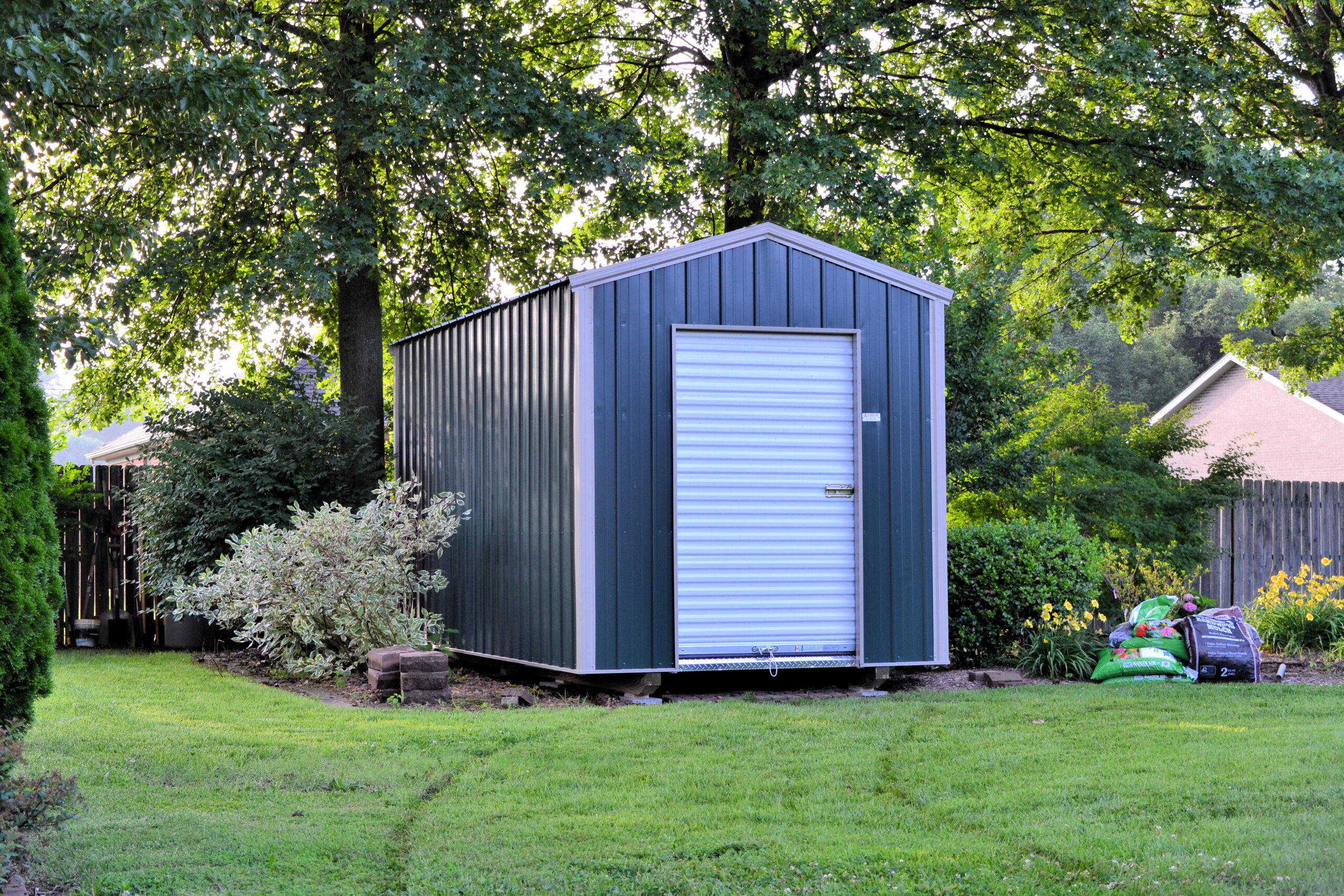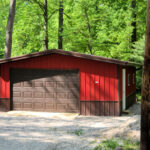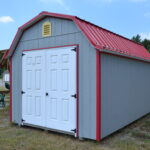
How to Choose the Right Foundation for Your Storage Building
By SchwebAdmin
A detail of the shed buying process that many customers overlook is the shed foundation, and what it takes to prepare your space for a storage shed. In some cases no action is required and your space is ready to go, but in areas with steep inclines, extreme weather, and larger structures there may be some preparation required. In this blog post we will cover different shed foundation options and which one would be best suited for your yard.
Preparing the Plot
The first step in preparing your yard for a storage shed foundation is leveling the plot where your shed will be placed. You can use a string and a level to see how level your yard is by holding the string parallel to the ground and placing the level on the string. If you are more than 8” off you may want to consider getting the plot leveled.
How to Level Your Shed Plot
The best way to level your shed plot is by using a skid loader or tractor with a scoop. This allows you to level off your space without putting anything under the shed, which gives your storage building a cleaner finish.
We also have concrete blocks on hand and can level your shed upon delivery for a minor fee. This gets the job done, but the blocks will be visible and it will be obvious the shed wasn’t placed on level land.
Gravel Shed Foundation
A gravel shed foundation isn’t necessary for all storage buildings, but we recommend this on any building larger than 12’x20’. Gravel foundations help protect the runners and joists under your shed from rotting and decaying, and drains better than a flat concrete pad. Site Prep has a guide on their website if you plan on doing this yourself, or we can recommend professional excavators in your area.
As you are prepping for your gravel shed foundation there are some specific things to research that could potentially prevent some headaches during the process.
Utility Lines
If you plan on installing your gravel shed foundation yourself it is important that you know where your utility lines are. A normally straight forward process can take a terrible turn if you hit a gas or water line. You can check where your utility lines are by calling 811, which will also be necessary if you hire an excavation company.
Local Zoning Codes
It is also important to check your local codes and regulations that may prevent you from building a shed in certain areas of your property. Things like power lines, roads, and property lines can dictate where you are allowed to place a shed and its foundation.
Other codes may determine how large your shed can be in relation to your yard, or if you need specific flood prevention techniques used while installing the foundation.
Shed Anchoring
If you live in an area with extreme weather conditions we may recommend that you anchor your shed through the gravel foundation. This could also be a requirement in the local zoning codes we discussed earlier.
Shed anchors prevent your shed from tipping over or blowing away during extreme weather events and ensure that your belongings are safe and sound even in the worst conditions. They typically come in the form of cables, straps, or twist in anchors and go deep into the ground for a firm hold. They are then attached to your shed to secure it to the foundation.
If you still have questions about shed foundations and which is right for you feel free to contact us or check out our shed delivery page to learn more about our process. Our team of shed experts would love to answer any questions you have and get your property equipped for a storage shed.



